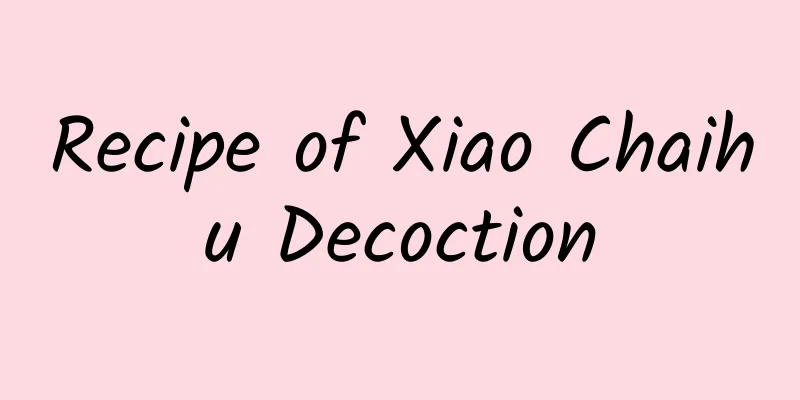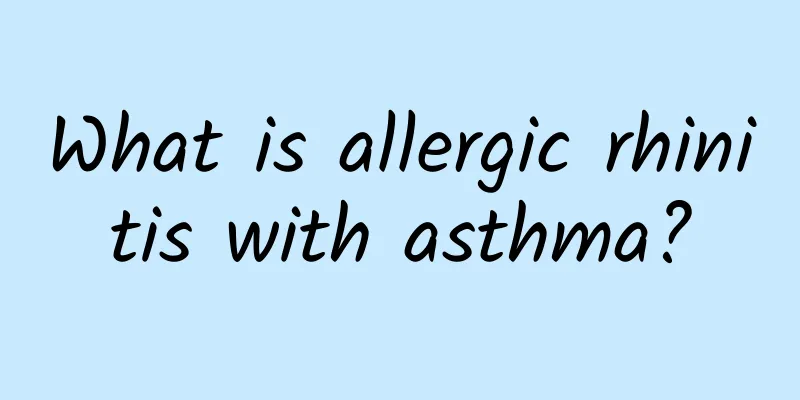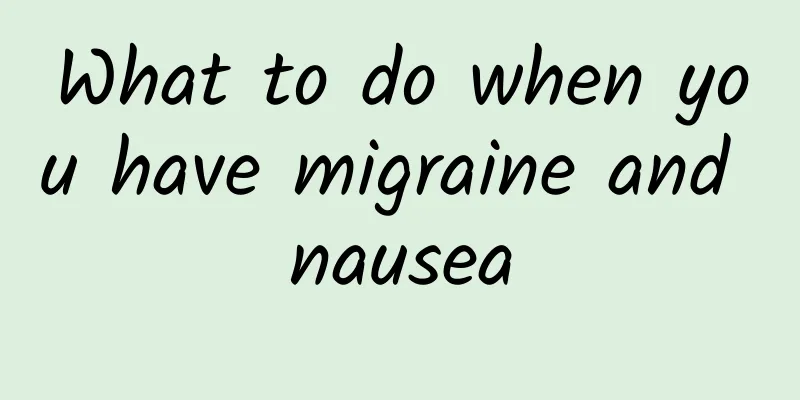Recipe of Xiao Chaihu Decoction

|
Xiao Chaihu Decoction is a classic decoction. It is included in the famous Chinese medicine classic "Treatise on Febrile Diseases". It is mainly used to treat typhoid fever. It has a good therapeutic effect on body heat, aversion to wind, chest tightness and rib pain. From the perspective of modern medicine, it has a good therapeutic effect on colds and also has a certain therapeutic effect on pneumonia. It has many recipes. Let's take a look at the recipe of Xiao Chaihu Decoction. Recipe of Xiao Chaihu Decoction 1. "Miraculous Prescriptions" by Fang Xian of Ming Dynasty: Xiao Chaihu Decoction Prescription: Bupleurum (3 qian), Ginseng (2 qian), Scutellaria (2 qian), Pinellia (1.5 qian), Licorice (1 qian) Functions and indications: Treats typhoid fever, chills and fever like malaria, chest pain, difficulty urinating, and astringent stool. Usage and dosage: Take one dose with two cups of water, three slices of ginger, and two red dates. Boil for one hour and take at any time. 2. Excerpts from "Miraculous Prescriptions" by Fang Xian of the Ming Dynasty "Song Dynasty Taiping Huimin Hejijufang": Xiao Chaihu Decoction The prescription is 2.5 liang of Pinellia ternata (washed seven times with water and roasted dry), half a jin of Bupleurum chinense (without the stem), 3 liang each of Ginseng, Licorice (roasted), and Scutellaria baicalensis. The powder is coarse. Functions and indications: It is used to treat typhoid fever, febrile disease, fever and aversion to wind, stiff neck, chest fullness and flank pain, vomiting, thirst, alternating chills and fever, yellow body and face, difficulty urinating, constipation and hard stools, or menstruation that has not been relieved, or hot flashes that have not been eliminated; and fatigue after recovery, fever and pain; colds in women, headaches and fever; menstruation that has stopped, chills and fever like malaria, which occur at certain times; and colds after childbirth, headaches and fever. It is also suitable for taking it. Dosage and administration: Take 3 large coins each time, add 1.5 cups of water, 5 slices of ginger, and 1 date, break them up, boil together until 70% done, remove the residue, and take while it is slightly warm, at any time. For children, divide the dose into two parts and adjust the dosage accordingly. Excerpt from "Song Dynasty Taiping Huimin Hejijufang" 3. Treatise on Febrile Diseases: Xiao Chaihu Decoction Prescription: Bupleurum 12g, Scutellaria 9g, Ginseng 6g, Pinellia (washed), 9g, Licorice (roasted), 5g, Ginger (cut), 9g, Jujube (split), 4 pieces Functions and indications: Harmonizing Shaoyang. Treat Shaoyang syndrome of typhoid fever. Alternating chills and fever, fullness and pain in the chest and flanks, hoarseness, loss of appetite, irritability and nausea, bitter taste in the mouth, dry throat, and dizziness; typhoid fever in women, with heat entering the blood chamber; malaria, jaundice, and internal injuries and miscellaneous diseases with Shaoyang syndrome. Dosage and Administration: Add 1.2 liters of water to the above seven herbs, boil until 600 ml is obtained, remove the residue, and then boil until 300 ml is obtained. Take warm in two doses. If there is chest discomfort but no vomiting, remove the pinellia and ginseng, and add 1 piece of trichosanthes fruit; if thirsty, remove the pinellia, add ginseng to 9 grams, and trichosanthes root 12 grams; if there is abdominal pain, remove the scutellaria and add 9 grams of peony; if there is a hard lump under the ribs, remove the jujube and add 12 grams of oyster; if there is palpitations under the heart and difficulty urinating, remove the scutellaria and add 12 grams of poria; if not thirsty but with slight fever, remove the ginseng and add 6 grams of cinnamon twig, cover with warm cloth and sweat slightly to heal; if coughing, remove the ginseng, jujube, and ginger, and add 5 grams of schisandra chinensis and 5 grams of dried ginger. Note: In the prescription, Bupleurum chinense is the main ingredient that clears away the evil in the Shaoyang meridian's semi-exterior and resolves it from the outside; Scutellaria baicalensis is the secondary ingredient that clears away the heat in the Shaoyang meridian's semi-interior; Ginseng and Licorice root are the auxiliary ingredients that replenish Qi and strengthen the body, while Pinellia ternata is the auxiliary ingredient that reduces adverse effects and harmonizes the middle; Ginger helps Pinellia ternata harmonize the stomach, while jujube helps ginseng and licorice root replenish Qi. Ginger and jujube are used together to harmonize the Ying and Wei meridians. All these medicines are used together to achieve the effect of harmonizing Shaoyang. Excerpt from Treatise on Febrile Diseases |
<<: Bupleurum, Angelica, Poria, Atractylodes
>>: How long after a meal is best
Recommend
What are the best herbs for high blood pressure?
Hypertension is a common chronic disease that is ...
Can honey nourish the kidneys and strengthen yang? Which kind of honey can enhance sexual performance?
Honey can sober up, resist fatigue, fight tumors,...
Knee strain symptoms
Generally, knee strain is caused by excessive exe...
What are the symptoms of neuralgia headaches?
Neuralgic headaches affect the health, life and w...
What to do about tinea versicolor? Best treatment for tinea versicolor
Tinea versicolor is a common fungal infection. We...
How to treat spermatic cord cyst
Spermatic cyst, also known as spermatic hydrocele...
What are the effects and functions of Danning tablets?
I believe that many people use Danning tablets to...
How to eat ginseng root
The nutritional value of human ginseng whiskers i...
What to do if the temples are not full, how to make them fuller
If the temples are not full enough, we can take t...
Moxibustion treatment caused a small amount of bleeding in the lower body
Moxibustion is a relatively common traditional tr...
The feeling of moxibustion is very important, don’t ignore these when doing moxibustion!
To maintain health through moxibustion, one shoul...
Can sperm be eaten? What are the effects?
Whether male sperm can be eaten has always been a...
Treatment options for stress urinary incontinence
Stress urinary incontinence refers to the involun...
Rickets is not just caused by calcium deficiency
Rickets is a disease that many people are not fam...
Projectile vomiting is common in
Vomiting usually occurs in an overflowing state, ...









